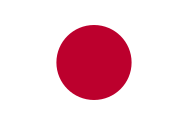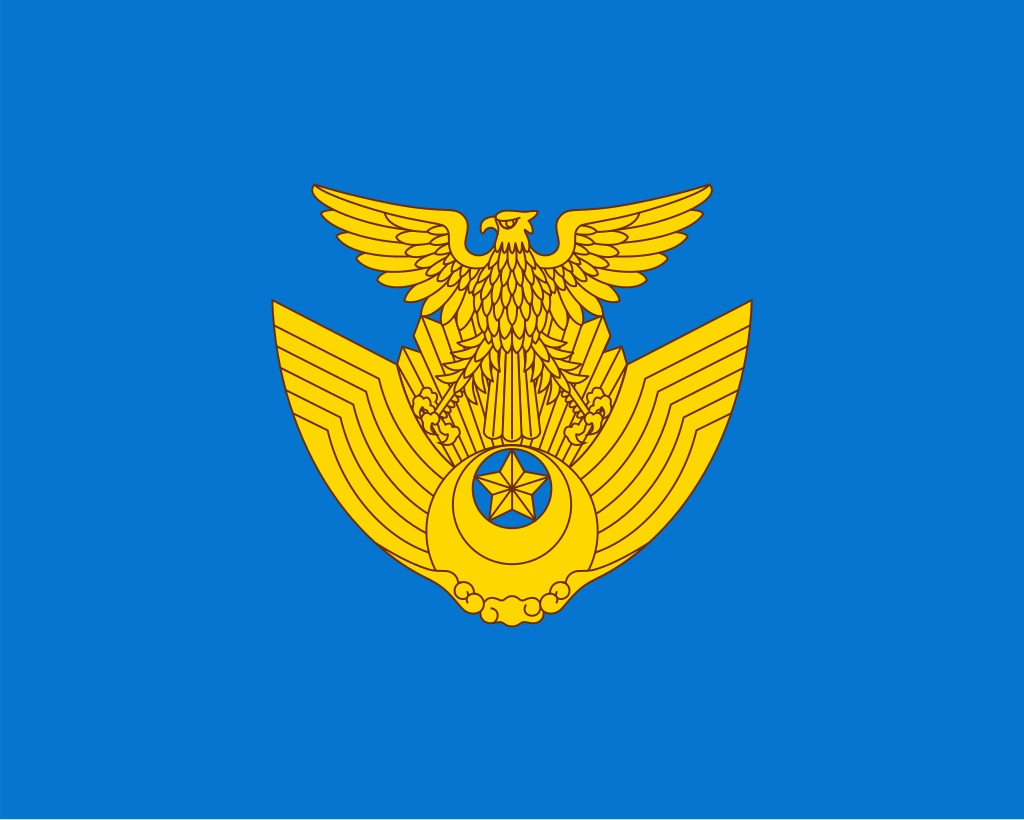Suvorov
Addict
- Jan 18, 2020
- 1,142

TRAINING OBJECTIVE: AIR SUPERIORITY PILOTING - AIR DOMINANCE I | 1st, 2nd, 3rd, 4th FIGHTER WING
CLASSIFIED

JAPANESE AIR SELF-DEFENSE FORCE
| BLUEFOR | REDFOR |
|---|---|
1st FIGHTER WING x24 F-5As (Shenyang J-11s) | 3rd Fighter Wing x24 F-16 C/D Block 50/52+ |
2nd Fighter Wing x24 F-16 C/D Block 50/52+ | 4th Fighter Wing x24 F-16 C/D Block 50/52+ |
Japanese F-5A (Shenyang J-11)
Japanese F-16 C/D Block 50/52+
MISSION BRIEFING
The goal of this mission is for pilots to practice establishing air superiority against an opponent's fighters, the most likely scenario at the beginning of an operation. Fighter wings have been separated into BLUEFOR vs. REDFOR. The goal here is simple, to practice and teach effective coordination, cooperation, and dog fighting skills necessary to win the war in the skies. The teams will engage each other several times over the course of the training. Each new engagement has the objective of one side winning. Each plane is armed with electronics that simulate their firing and receiving damage, thus allowing planes to "hit" and "kill" each other safely. Ground control will monitor the hits and kills and order killed pilots to land their planes. Each operation, wing commanders must plan, strategize, and coordinate with their allied fighter wing to achieve victory.
LOGISTICS
Pilots would begin their training from the airbase located in Tokyo Japan. Exercises would take place over the Pacific Ocean. All planes are fully fueled, maintained, serviced, and ready for action. Ground control would monitor the exercise and recall any pilots with any issues. Pilots would not be permitted to operate below 30% fuel capacity.
Last edited:


